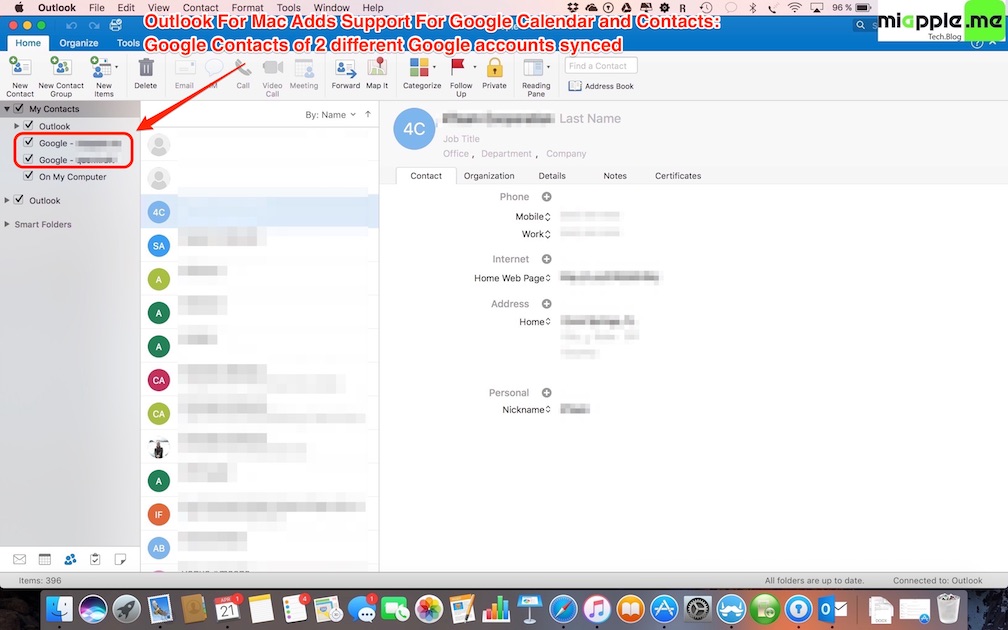
In contrast to using rules to separate your email, you’ll still be getting an envelope in your Notification Area when a new mail arrives. Press Close to close the Account Settings Dialog.Repeat the steps to create additional folder sets for each account that you have.Press OK to close the New E-mail Delivery Location dialog.Select the Inbox folder in the newly created pst-file.To lookup or change the names of your account see: Rename your accounts.I also recommend to name the pst-file after your account so. See our Backup and Restore guide for more information on that. I recommend to store the pst-file in a location that is also included in your backups.Give the pst-file a name and set the location where you want to store your pst-file.You may not be prompted at all if you don’t have multiple store providers installed such as for iCloud. When prompted for the type of data file, select “Outlook data file (.pst)”.In the “New E-mail Delivery Location” dialog, click on: New Outlook Data File….Press the”Change Folder” button at the bottom. Select the POP3 account which you want to redirect to its own folder set.File-> Account Settings-> Account Settings….If your POP3 accounts are configured to deliver all emails to the same pst-file, you can separate them into multiple pst-files again in the following way. So your Sent Items are also automatically separated when using this technique. When the account has its own folder set, all the emails are automatically stored in the corresponding folders without the need for configuring anything else like for instance rules.

This dedicated folder set contains the following default folders

This guide introduces that and several other techniques which you can use to sort your email based on the account you have received it with. This allows you to still use only a single pst-file but still separate the incoming emails from each account. It also has an option which lets you decide which folder the emails should be delivered to without the use on any Message Rules. Outlook can still be configured this way today without losing the indication by which account you received a message with. In older versions of Outlook, all emails from all POP3 accounts used to be delivered to a single pst-file which created a Unified Inbox. When you configure multiple POP3 accounts in Outlook, all the emails will be delivered to their own dedicated pst-file.


 0 kommentar(er)
0 kommentar(er)
